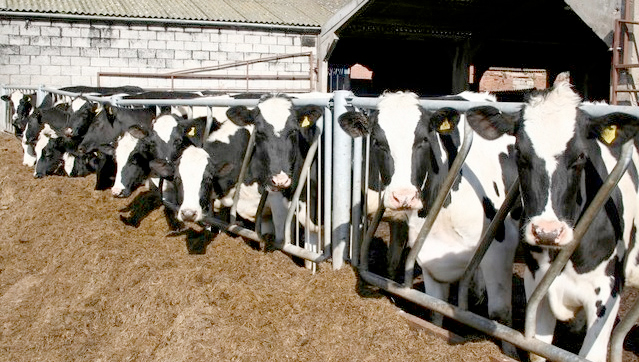
Dairy farmers seeking to expand following the end of milk quotas last month should do so with improved use of forage at the heart of their plans.
This is the view of Germinal’s Paul Billings who said at Grassland UK that the lower cost of production possible by improving the quality and utilisation of homegrown feed would be the best way for dairy farmers to combat future milk price volatility and intensify their businesses in a sustainable way.
“The challenge for dairy farmers in the post-quota era is to capitalise on the opportunity to expand but without exposing their businesses to excessive risk in what is likely to remain a volatile global milk market,” he said. “There is scope for growth on many dairy farms through increasing forage output and quality, and improving the way it is grazed or fed as silage. This will result in a lower cost per litre, making businesses more competitive and better able to cope with milk price fluctuations.”
Mr Billings pointed out that the potential for many dairy farmers to improve the quality and use of forage was significant, even where conditions are not necessarily ideally suited to extended grazing or out-wintering.
“Average dry matter production from grass in the UK is half the achievable target of 10tDM/ha,” he said. “This could be dramatically improved by greater frequency of reseeding, which is currently significantly lower than that recommended to maximise productivity.
“Silage quality could also be improved through greater use of modern grass genetics and younger leys. Currently 10–11MJ/kg ME is the norm when 12–12.5MJ/kg ME is achievable with better quality grasses, more compatible heading dates, correct cutting disciplines, and so on.
“Utilisation is also very important, and with better grazing management, clamp management and attention to detail at feedout, it is possible to achieve even better use of valuable homegrown feed.”
Use of other forage species is another opportunity to increase margins, according to Paul Billings.
“Reduced reliance on expensive bought-in protein can be achieved through the inclusion of white or red clover in swards, or by growing alternative forages like lucerne,” he added. “Then there are forage brassicas, for example, for summer and extended grazing or out-wintering, which can significantly reduce not only bought-in feed costs but also cut the costs associated with housing.
“With milk quotas now consigned to history, the opportunity is there to expand, but doing so with the lowest cost base possible will be important as price volatility is an inevitable consequence of an unrestrained global market.”
